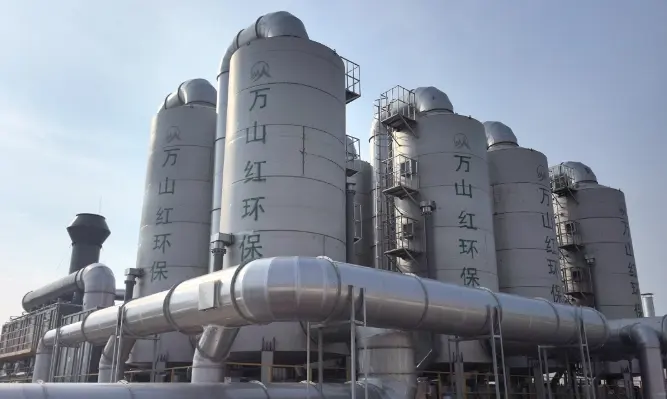Navigating Common Waste Gas Management and Treatment Systems
Release time: 2024-10-22
In the chemical industry, waste gas management and treatment systems are critical for ensuring environmental safety and production efficiency. This article explores common waste gas management and treatment technologies, including Best Available Techniques (BAT) conclusions aimed at reducing waste gas emissions in the chemical industry, enhancing resource efficiency, and ensuring environmental sustainability.
The chemical industry generates a significant amount of waste gas during its production processes. If not properly managed, these emissions can have a severe impact on the environment. Therefore, implementing effective waste gas management and treatment systems is essential. According to the European Union’s Industrial Emissions Directive (IED), the chemical industry must adopt Best Available Techniques (BAT) to manage its waste gas emissions.
1. Scope of Waste Gas Management
The scope of waste gas management includes all production processes in the chemical industry, particularly those involving large amounts of organic compounds. The production of bulk organic chemicals and polymers, among other processes.
2. Waste Gas Treatment Technologies
Waste gas treatment technologies include thermal treatment, catalytic oxidation, absorption, adsorption, condensation, and biological treatment. These technologies can be used individually or in combination to achieve the best treatment results.
3. Monitoring and Control
To ensure the effectiveness of waste gas treatment systems, continuous monitoring of key process parameters is necessary. This includes waste gas flow rates, temperatures, and the concentration and mass flow rates of relevant substances/parameters. Additionally, emissions during non-normal operating conditions also need to be monitored and recorded.
4. Resource Efficiency and Material Recovery
To enhance resource efficiency, BAT encourages the recovery of organic compounds from process off-gases and their reuse. This not only reduces the mass flow of organic compounds sent to final waste gas treatment but also improves energy efficiency.
5. Prevention and Reduction of Leaks
Implementing a Leak Detection and Repair (LDAR) program can reduce fugitive emissions of Volatile Organic Compounds (VOCs). Furthermore, using high-integrity equipment and optimizing process design are also effective means of preventing leaks.
6. Emissions Under Non-Normal Operating Conditions
Emissions during non-normal operating conditions, such as equipment failures or incidents, also need to be monitored and assessed, with appropriate corrective actions taken. This includes identifying potential non-normal operating conditions (OTNOC), designing critical equipment, and implementing a preventive maintenance plan.
7. Environmental Management
The chemical industry should establish a chemical management system, including regularly analyzing the inventory of hazardous substances and substances of very high concern used in the process to identify possible new and safer alternatives.
Conclusion
By implementing the waste gas management and treatment technologies mentioned in these BAT conclusions, the chemical industry can significantly reduce its environmental impact while improving resource and energy efficiency. This not only helps companies achieve sustainable development but also meets the growing global demand for environmental protection.



